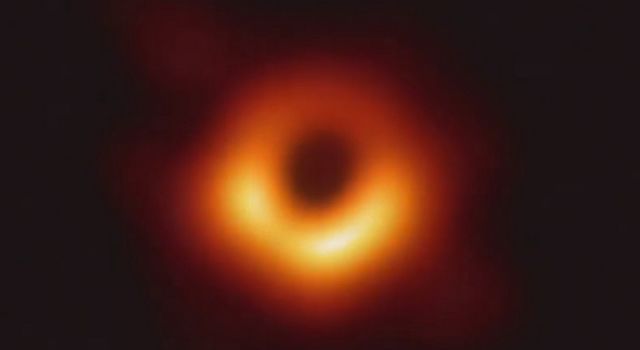I completely agree with Zylinska’s comment. The distinction between human and nonhuman photography, at least as those terms are used in this reading, is blurry at best. There have always been humans involved at some point in the photography process (in most cases; see the last reading), and there have always been machines/technical processes. The procedure for developing negatives is in its own way an algorithm, but no one could call that “postphotography.” However, using technology to capture images that humans physically cannot see with our own eyes does create exciting opportunities that would not have been possible with only traditional photography. One example that comes to mind is the recent image of black hole M87* that was captured by a team of scientists.

They could not simply point a camera at the black hole and take a picture, because no light can escape from a black hole. So they took a series of photos with a network of telescopes, combined them and filtered out noise using algorithms they developed, and ultimately obtained an image of the black hole’s shadow against the light of all the luminous gas around it. Though this was a very complex technical process, it was also the result of a lot of human work and ingenuity–not truly “postphotography” or “nonhuman photography,” then. Just a new method of capture.